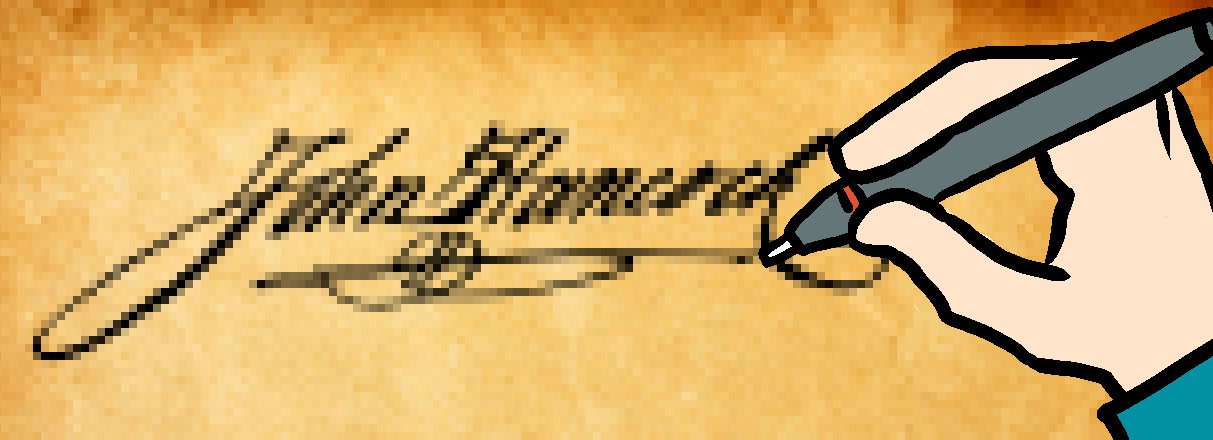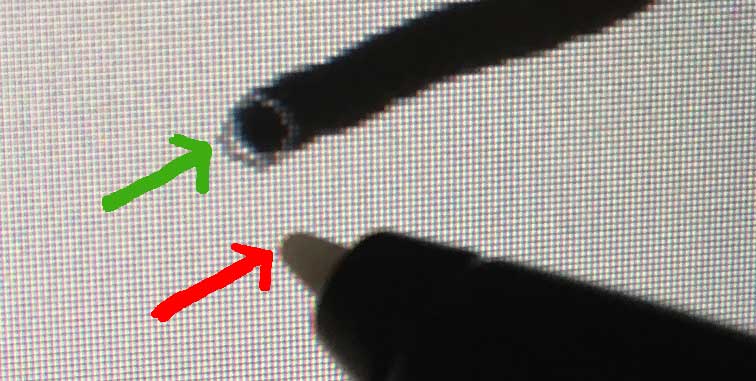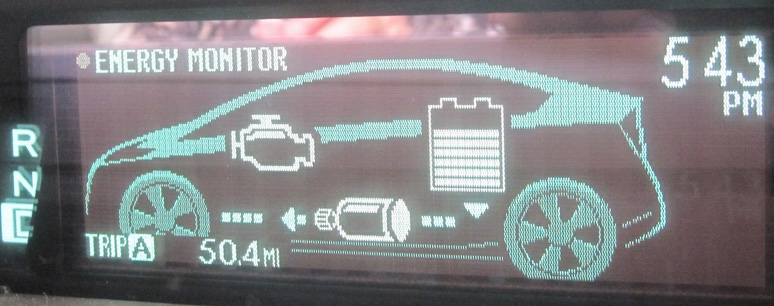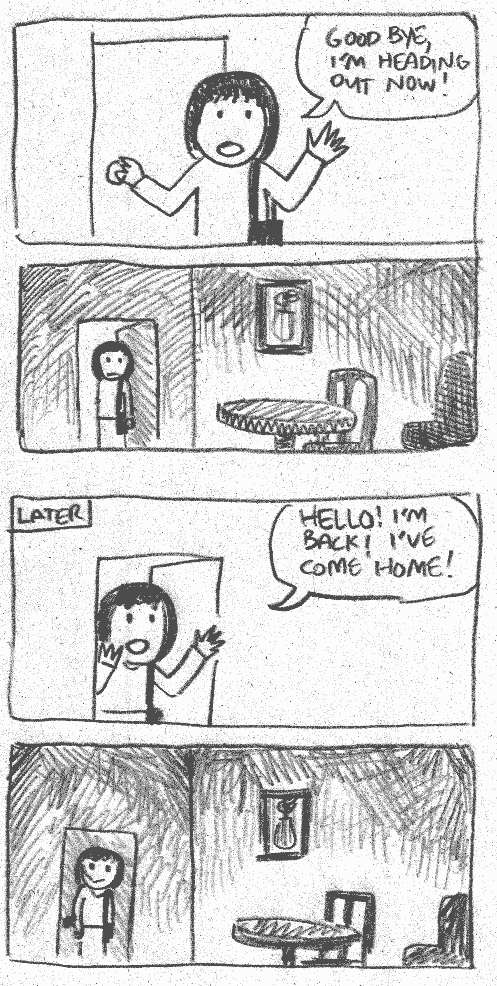
Imagine calculating your monthly expenses on an abacus, and then turning around and entering that data into your smartphone. The workflow for my graphic novel Tonoharu was kind of like that.
First I’d draw the line art using tools straight out of the 19th century. Each panel was roughed out on paper with a pencil, eraser, and ruler, and then inked with a brush and a dip pen.

The dip pen—perfect for inking comics (or signing the Declaration of Independence).
After that I’d scan the artwork into my computer. All of the coloring, typesetting and page layout was done digitally, using cutting edge computer hardware and software that had been released just a matter of months before.
I could have ditched my analogue drawing tools and gone completely digital. Even back in 2003 when I first started Tonoharu, you could get a computer monitor that you draw on directly with a stylus, roughly simulating the experience of drawing on paper. That would have streamlined the process (no more scanning in each and every panel), and allowed for quicker, on-the-fly edits.
But honestly, I never really even considered going that route.
Inertia was a factor to be sure. I’d drawn by hand my entire life, so I was reluctant to completely uproot my artistic process. Price was another factor; tablet/monitor hybrids were (and still are) a pretty significant expense.
But probably the biggest reason I dismissed digital art creation was because I thought that it would compromise the quality of the work. And to be fair, I think even the most advanced pen displays are still inferior to physical tools in a number of ways.
Real brushes and dip pens bend and flex, really giving you a sense of the line as it gets thicker and thinner. A stylus/monitor can’t provide that sort of tactile feedback.
When you draw on a monitor, there’s a piece of glass separating the stylus from the pixels. So you’re not drawing directly on the surface the way you are on a piece of paper. In addition to that, the plastic stylus tip moving across the glass feels slippery.

Pictured: Where the stylus is touching the glass (red arrow) and where the line is showing up (green arrow)
And finally, there’s sometimes a bit of lag from when you move a stylus across the monitor to when the line actually shows up. This is especially pronounced when you’re drawing quickly or using a large digital brush.
All these factors make digital drawing feel more floaty and less precise than drawing the old fashioned way. So for years, I snubbed my nose at the very idea of digital art creation.
While I still acknowledge digital’s shortcomings, I’ve since done a complete 180 on the subject. I’m now fairly convinced I’ll be working exclusively digitally for all of my artistic projects from here on out.
I’ll explain where this change of heart came from in my next blog entry. Stay tuned!
****************
Finally, this week’s obligatory Tonoharu: Part Three shipping update:
First off, a recap of the thrilling saga of me waiting for copies of Tonoharu: Part Three to arrive:
Two weeks ago, copies of Tonoharu: Part Three were traveling by rail to my distributor.
Last week, they arrived at the distributor, but hadn’t been logged into their computer system yet.
Now on to this week’s episode:
Six days ago the shipment of Tonoharu: Part Three was logged into the distributor’s computer system. I requested some of those copies be sent to me, and prepaid for the shipping. The order has officially been placed.
And…that’s all I know for now.
My contact at the distributor says the warehouse should let him know when they’re shipped, but I kind of got the sense that maybe they’re not always the best at conveying even that. And apparently getting tracking numbers is rarer still.
So maybe the books have already shipped and I’ll get them later today. Or maybe they won’t ship for another week or two. :-/
I’ll update this entry if I hear anything new. Otherwise I’ll have a new blog entry up next Monday as usual!





